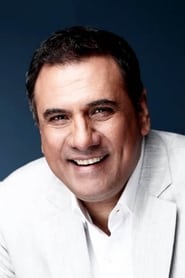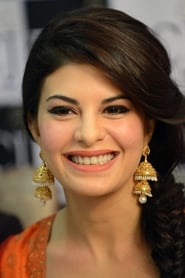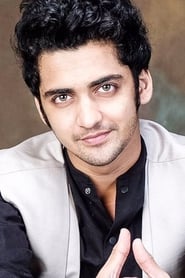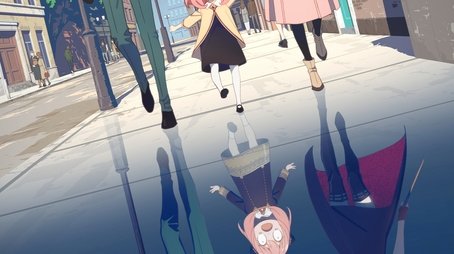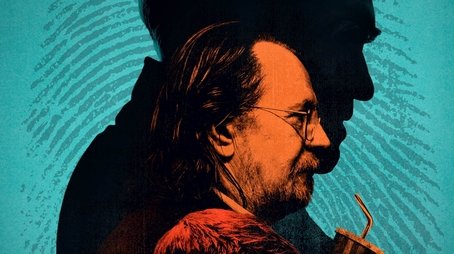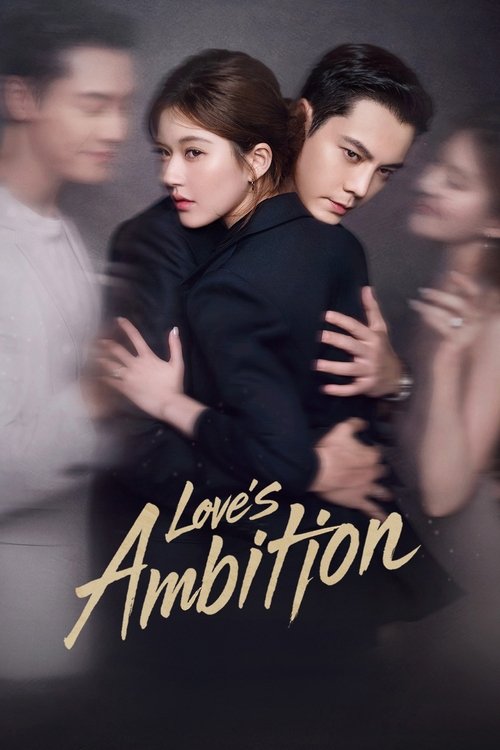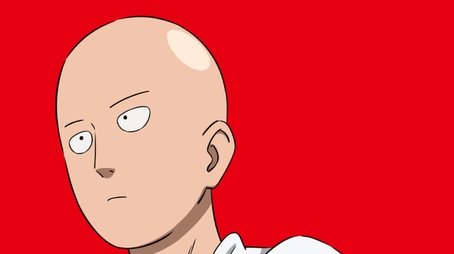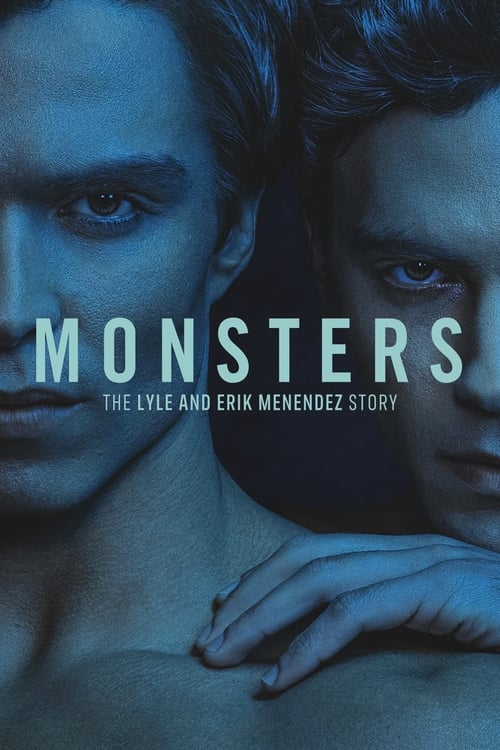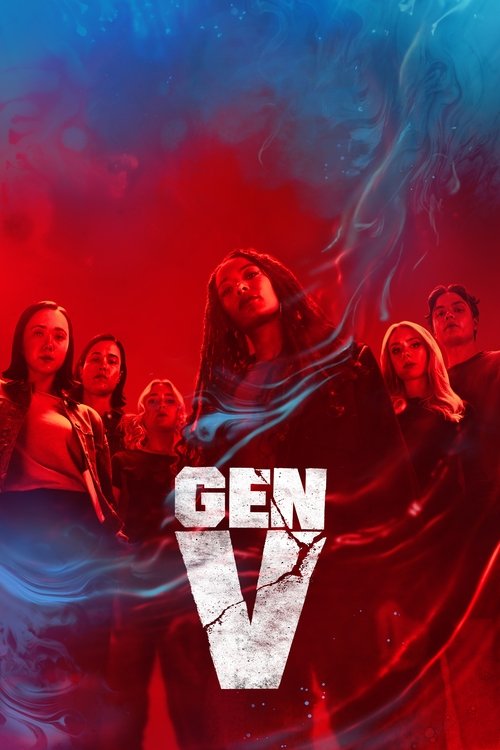
Ask Your Own Question
What is the plot?
Hai Junoon! begins at Anderson's College in Mumbai, a prestigious institute that functions more like a talent incubator than a traditional academic school. The story opens with a fierce rivalry between two student groups: the Supersonics, an elite and long-established choir known for their musical excellence, and the Misfits, a rebellious dance troupe formed by Sebi, a boy from Koliwada admitted on a cultural quota. Sebi, determined to challenge the musical elite, gathers a diverse team including his best friend Tahira, a visually-challenged dancer Tuhin, an openly gay student Kushal, a poor girl Moonmoon pretending to be trendy, and a quiet supporter Jazz. They name themselves The Misfits and aim to prove their worth through dance, setting the stage for a classic clash of legacy versus rebellion.
Sebi's friend Rohit offers them a rehearsal space and choreographic guidance, helping the Misfits prepare for the upcoming GOAT (Greatest Of All Time) competition, a reality show-style contest that the students treat as the ultimate goal. Meanwhile, the Supersonics are coached by Gagan Ahuja, a former musical prodigy and celebrated alumnus who has returned from a decade-long hiatus in Los Angeles. Gagan's return is marked by tension: he cancels a high-profile performance booked by a royal family to reconnect with his old mentor at the college, signaling his deep personal investment in the competition and the institution's legacy.
The Misfits recruit Pearl Saldhana, a history teacher with a turbulent past involving bar-top dancing and anger management issues, to support their team. Pearl's backstory unfolds as she struggles with her emotional demons, leading to a nervous breakdown and a stint at a healing center where she undergoes unconventional therapy involving hammering nails into walls and pulling them out. Despite her challenges, Pearl becomes a crucial mentor figure for the Misfits, helping them channel their raw energy into disciplined performances.
As rehearsals intensify, the rivalry between the Supersonics and the Misfits escalates. Gagan, strict and demanding, pushes the Supersonics hard, especially focusing on Bikram, a talented singer who impresses him with his vocal skills. On the other side, Sebi's leadership and the Misfits' diverse talents create a dynamic and unpredictable force. The competition is not just about talent but also about identity, belonging, and the fight for recognition in a system that favors tradition.
Throughout the series, personal relationships and internal conflicts add layers to the narrative. Sebi's relationship with his wealthy girlfriend Shona introduces class tensions, while Kushal's openness about his sexuality brings issues of acceptance to the forefront. Moonmoon's struggle to maintain her facade of trendiness highlights the pressures faced by students trying to fit in. Pearl's journey from instability to empowerment mirrors the Misfits' own transformation from underdogs to serious contenders.
The GOAT competition progresses through multiple rounds of performances, each showcasing the contrasting styles of the two groups. The Supersonics deliver polished, harmonious musical numbers, while the Misfits captivate with high-energy, rebellious dance routines. The tension culminates in a final showdown where both teams push their limits. The Misfits' raw passion and innovative choreography challenge the Supersonics' technical perfection, creating a dramatic and emotionally charged climax.
In the final sequence, the Misfits perform a daring routine that incorporates elements of their diverse backgrounds and personal stories, earning them critical acclaim and audience admiration. Gagan, witnessing their growth and spirit, acknowledges their talent and the validity of their approach. The series ends with a nuanced resolution: while the Supersonics maintain their legacy, the Misfits carve out their own space, symbolizing a new era where tradition and rebellion coexist.
Throughout Hai Junoon!, every confrontation, rehearsal, and performance is depicted with detailed attention to the characters' emotional states and motivations. The fights are not physical but verbal and artistic, with each group challenging the other's values and methods. The narrative unfolds in a strict chronological order, beginning with the formation of the Misfits, moving through their struggles and growth, and culminating in the climactic GOAT competition that defines their futures.
What is the ending?
Short Narrative Ending: The ending of "Hai Junoon" revolves around the culmination of the college fest competition, GOAT, between the Supersonics and Misfits. The series concludes with a dramatic finale that highlights themes of friendship, self-worth, and chasing dreams. Key characters like Gagan, Pearl, and Sebi play pivotal roles in the final episodes, showcasing their growth and resolve.
Expanded Narrative Ending:
The final episodes of "Hai Junoon" are a crescendo of music, drama, and personal growth. The story unfolds with the Supersonics and Misfits preparing for the GOAT competition, each determined to outdo the other. Gagan, the accomplished singer, is at the forefront, leading the Supersonics with his musical prowess. Meanwhile, Pearl and Sebi from the Misfits are working tirelessly to perfect their dance routine.
As the competition approaches, tensions rise between the two groups. The Supersonics, known for their choir performances, face internal conflicts due to creative differences. Gagan's leadership is questioned, but he remains resolute in his vision. On the other hand, the Misfits are struggling to find their unique identity amidst the pressure to perform.
The day of the GOAT competition arrives, and the college is abuzz with excitement. The Supersonics take the stage first, delivering a mesmerizing musical performance that showcases their harmony and skill. However, just as they finish, a dramatic twist unfolds: a sudden technical issue threatens to disrupt the Misfits' performance.
In a moment of solidarity, Gagan and the Supersonics offer their support to the Misfits, helping them overcome the technical glitch. This act of kindness sets the stage for a spectacular finale where both groups come together to perform a joint piece. The performance is a symphony of music and dance, blending the talents of both teams in a way that transcends their rivalry.
The finale ends with a sense of closure and new beginnings. Gagan, having found his true calling in helping others, decides to stay in India and continue mentoring young musicians. Pearl and Sebi emerge as leaders of the Misfits, their bond stronger than ever. The series concludes on a hopeful note, emphasizing the power of friendship and collaboration over competition.
As for the fate of the main characters, Gagan finds fulfillment in his decision to stay and nurture talent. Pearl and Sebi are hailed as heroes for their role in the Misfits' success. Neil Nitin Mukesh's character, Gagan, is particularly notable for his transformation from a solo artist to a team player. Jacqueline Fernandez's character, though not extensively detailed in the finale, plays a supportive role throughout the series. The ending leaves room for a potential second season, where these characters could continue their journey, exploring new challenges and triumphs.
Is there a post-credit scene?
The TV show Hai Junoon! (2025) does not have any publicly documented post-credit scene. None of the available sources, including detailed reviews and event coverage, mention or describe a post-credit scene for this series.
The show focuses on a youth drama revolving around a college music and dance competition, with no indication of additional scenes after the credits. Reviews and event reports highlight the main narrative and musical performances but do not reference any post-credit content or extra scenes following the episodes.
Therefore, based on current information, Hai Junoon! does not feature a post-credit scene.
What motivates Gagan Ahuja to return to Andersons College and take on the role of mentor for the Supersonics?
Gagan Ahuja, a Grammy-winning musician and celebrated alumnus, returns to Andersons College initially for the 50th Founder's Day celebration. Unexpected circumstances lead him to stay longer, putting his international music career on hold. He takes on the mentor role for the elite Supersonics team, driven by a desire to rekindle his passion for music and guide the next generation of artists, despite his own struggles as a fallen star.
How does Pearl Saldanha’s character evolve throughout the series, especially in relation to her role as a mentor?
Pearl Saldanha starts as a history lecturer with anger management issues and a complex past involving dancing in Goa. She becomes the mentor for the Misfits, a group of unconventional dancers. Her journey involves confronting her own boundaries and emotional struggles, including a nervous breakdown and therapy involving symbolic acts like hammering nails. Pearl's evolution is marked by her growing connection to music and dance, challenging her perceptions and becoming a pivotal guide for her students.
What are the key dynamics and conflicts between the two student groups, the Misfits and the Supersonics?
The Misfits, led by Sebi, are a passionate, rebellious dance crew composed of diverse students including a visually-challenged dancer, an out-of-the-closet gay member, and others with personal struggles. The Supersonics are the elite, disciplined music team coached by Gagan Ahuja. Their rivalry centers on competing for supremacy in college talent contests, embodying a clash between raw passion and polished perfection. This competition fuels personal and group conflicts, alliances, and growth throughout the series.
What personal challenges do key student characters like Subhash 'Sebi' Mhatre and Bikram Singh face in the story?
Sebi, the leader of the Misfits, struggles with forming a cohesive team from misfit individuals and balancing his rebellious spirit with leadership responsibilities. Bikram Singh, a talented singer on the Supersonics, faces pressure to meet Gagan Ahuja's high standards and prove his worth. Both characters navigate personal aspirations, friendships, and the intense pressures of competition, reflecting the broader themes of ambition and self-discovery.
How does the series portray the emotional and psychological struggles of characters like Pearl and Gagan during the competition?
Pearl experiences significant emotional turmoil, including anger management issues and a nervous breakdown that leads her to unconventional therapy methods. Gagan, as a once-celebrated musician now mentoring others, grapples with his own fall from grace and the challenge of inspiring students while confronting his past. Their struggles add depth to the narrative, highlighting themes of healing, redemption, and the complex interplay between personal demons and artistic passion.
Is this family friendly?
Hai Junoon! (2025) is generally positioned as a family-friendly, coming-of-age musical drama set in a college environment, with a focus on music, dance, ambition, and youthful camaraderie. The series emphasizes themes of passion, friendship, and personal growth, and is described as heartfelt and relatable, with a warm, nostalgic tone enhanced by classic Bollywood songs. However, as with many youth-oriented dramas, there are aspects that may require parental guidance or could be potentially upsetting for younger or more sensitive viewers.
Potentially Objectionable or Upsetting Aspects
Competitive Pressure and Emotional Stress
The series centers on intense campus rivalries, particularly between the elite Supersonics (a music group) and the rebellious Misfits (a dance crew). Scenes depict high-stakes competitions, with students facing significant pressure to perform, win, and uphold legacies. These moments are charged with anxiety, self-doubt, and occasional outbursts of frustration or disappointment. Characters visibly struggle with the weight of expectations from peers, mentors, and themselves, which could resonate strongly with sensitive viewers, especially those who experience performance anxiety.
Social Themes and Class Differences
The narrative touches on social divides and class differences within the college setting. There are scenes where characters from less privileged backgrounds confront subtle or overt discrimination, feel out of place, or grapple with feelings of inadequacy. These moments are portrayed with emotional honesty, sometimes leading to tense exchanges or quiet moments of introspection that highlight the emotional toll of inequality.
Mild Conflict and Confrontation
While physical violence is not a focus, the series includes verbal confrontations and heated arguments between rival groups. These scenes involve raised voices, accusations, and occasional name-calling, reflecting the heightened emotions of competitive youth. The language is generally clean, but the intensity of these exchanges could be unsettling for younger children.
Moral Ambiguity and Personal Struggles
Some characters, particularly those seeking to break free from their pasts or societal expectations, are shown making morally ambiguous choices. These include bending rules, hiding truths, or prioritizing ambition over friendship. The internal conflict is depicted through expressive performances, with characters wrestling with guilt, jealousy, or the fear of failure. These arcs are nuanced and could prompt discussions about ethics and peer pressure.
Romantic Subplots
The series includes light romantic elements, such as crushes, flirtation, and brief moments of emotional intimacy. These are handled tastefully, without explicit content, but the emotional ups and downs of young love--heartbreak, jealousy, reconciliation--are present and could be relatable or mildly distressing depending on the viewer's sensitivity.
Dance and Music Sequences
The dance battles and musical performances are energetic and visually dynamic, often serving as emotional climaxes. While these are celebratory and uplifting, the competitive nature means there are moments of triumph and defeat, with characters experiencing both elation and despair. The emotional swings are portrayed vividly, which could be intense for some viewers.
Summary
Hai Junoon! is largely suitable for family viewing, with its emphasis on music, dance, and positive messages about following one's dreams. However, the series does not shy away from depicting the emotional and social challenges faced by its young characters. Potentially upsetting elements include competitive stress, social inequality, mild confrontations, moral dilemmas, and the emotional turbulence of adolescence. There is no graphic violence, strong language, or explicit content, but the emotional depth and realism of the character arcs may require guidance for younger or particularly sensitive audiences.




